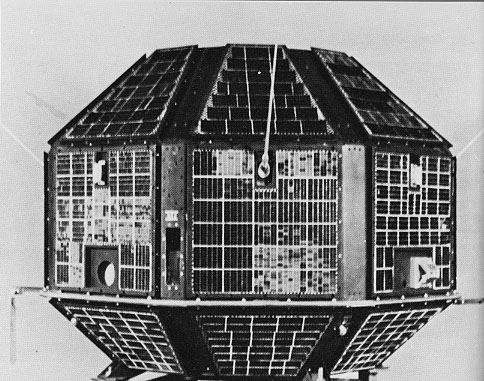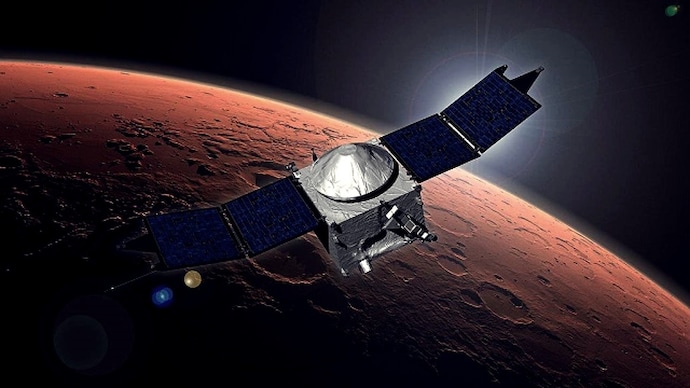India's space odyssey has been nothing short of phenomenal. From modest beginnings in the 1960s to emerging as a space power on the world stage, the Indian Space Research Organisation (ISRO) has never ceased to amaze. These are five pivotal moments that marked India's celestial legacy:
1. Aryabhata – India's First Satellite (1975) On April 19, 1975, Aryabhata saw India join the space age. Named after the ancient Indian mathematician, it was launched from the Soviet Union and conducted experiments in X-ray astronomy and solar physics. Although it lasted only for a few days, Aryabhata made way for India's satellite technology and subsequent missions.
2. SLV-3 and First Indigenous Launch of India by a Rocket (1980) India successfully launched the Rohini Satellite with the help of the Satellite Launch Vehicle-3 (SLV-3) on July 18, 1980, becoming the sixth country to launch a satellite from an indigenous rocket. Led by Dr. A.P.J. Abdul Kalam, this project was a leap of giant proportions in self-reliance and technology confidence.
3. Chandrayaan-1 – India Touches the Moon (2008) India's first mission to the Moon, Chandrayaan-1, was successfully launched on October 22, 2008. Not only did it orbit the Moon, but also made a historic discovery of water molecules in the lunar soil—a fact that left the worldwide scientific community speechless. This mission cemented ISRO as a force to be reckoned with in deep space exploration.
4. Mars Orbiter Mission (Mangalyaan) – A Budget Marvel (2014) In a stunt that left the world awestruck, India was the first Asian country to reach Mars—and the first in the world to do so on its first attempt. Launched on November 5, 2013, and entering Mars orbit on September 24, 2014, Mangalyaan was hailed for its budget efficiency and scientific merit. It demonstrated India's capability to achieve interplanetary success on a shoestring budget.
5. Chandrayaan-3 – South Pole Lunar Landing (2023) On August 23, 2023, India made history by becoming the first nation to land close to the south pole of the Moon. Vikram lander and Pragyan rover landed successfully and performed experiments, including the confirmation of sulfur presence. This mission made ISRO win the esteemed IAF World Space Award and raised India to the level of advanced spacefaring nations.
From placing satellites aboard borrowed rockets to venturing to the Moon and Mars, India's space odyssey is a tribute to vision, perseverance, and ingenuity. With ISRO preparing for the Gaganyaan human spaceflight program, the stars are no longer the limit—just the start.





Comments
Post a Comment